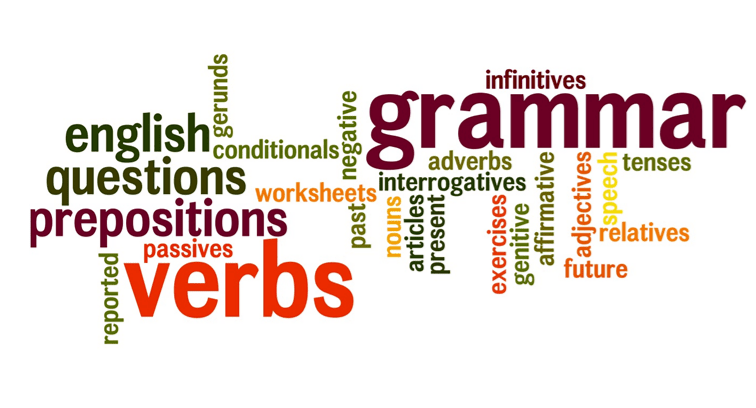Grammar Intermediate
-
- 4.7 rating
- (1 Reviews)
- 0 students enrolled
Grammar Intermediate
Mastery of Intermediate grammar is essential for clear and effective communication in both written and spoken language. It allows for more precise expression and a deeper understanding of the nuances of language. Intermediate grammar is often a goal for individuals who want to excel in academic writing, professional communication, or creative writing.
-
- 4.7 rating
- (1 Reviews)
- 0 students enrolled
What learn
- Comprehensive Subject Knowledge
- Visual and Interactive Education
- Adaptive Learning Methodology
- 24/7 Availability
- Global Reach and Diverse Resources
Course Content
Requirements
- Smart Phone Or Laptop with Internet Connection
Description
Certainly! Here are short details about each of the chapters you mentioned:
1. **Present and Past Tense:** These chapters cover the basic verb tenses, including present and past tenses. Students learn how to express actions happening now and actions that occurred in the past.
2. **Present Perfect and Past Tense:** These chapters delve into more complex verb tenses, including the present perfect, which indicates actions that have been completed recently but have relevance to the present, and past tenses for events in the past.
3. **Future Tense:** The future tense is explored, allowing students to discuss actions or events that will occur in the future. Various ways of expressing future actions are introduced.
4. **Modals:** Modals are auxiliary verbs like "can," "should," and "must." These chapters explain how modals are used to express ability, necessity, permission, and other shades of meaning.
5. **Conditionals and Wish:** Students learn about conditional sentences, including first, second, and third conditionals, which express hypothetical or real situations. The concept of expressing wishes and regrets is also covered.
6. **Passive Voice:** The passive voice chapters introduce the structure and usage of passive sentences. Students learn how to transform active voice sentences into passive voice for emphasis or clarity.
7. **Questions and Auxiliary Verbs:** Students learn how to form and use questions, including yes/no questions and wh-questions. Auxiliary verbs like "do," "be," and "have" play a crucial role in forming questions.
8. **-ing and Infinitive:** These chapters explore the use of verbs in their -ing form (e.g., "playing") and infinitive form (e.g., "to play"). Students learn when to use each form in various contexts.
9. **Articles and Nouns:** The usage of articles ("a," "an," "the") with nouns is explained, including when to use definite and indefinite articles. This helps in specifying or generalizing nouns.
10. **Pronouns and Determiners:** Students learn about pronouns, which replace nouns, and determiners, which introduce or limit nouns. The correct use of these words is essential for clear and concise communication.
11. **Relative Clauses:** These chapters cover the use of relative pronouns (e.g., "who," "which," "that") to connect clauses, providing additional information about nouns in sentences.
12. **Adjectives and Adverbs:** Students explore the use of adjectives to describe nouns and adverbs to modify verbs, adjectives, or other adverbs. These chapters help in adding depth and detail to language.
13. **Conjunctions and Prepositions:** Conjunctions join words, phrases, or clauses, while prepositions indicate relationships between words in time, space, or direction. Proper use of these words ensures coherent and structured sentences.
These chapters collectively provide a comprehensive understanding of English grammar, allowing students to communicate effectively and express complex ideas in both spoken and written forms.
Recent Courses
- June, 23rd 2025
- 3
This course plan outlines a comprehensive curriculum for a prompt engineering course, designed to equip learners with the ski..
- 1699.00₹
2000.00₹
- June, 28th 2025
- 12
In an era where technology is seamlessly integrated into our daily lives, understanding the synergy between Embedded Systems..
- 1599.00₹
2000.00₹
- May, 22nd 2024
- 0
Microeconomics is an essential component of economics as a whole, as it helps us understand how individual decisions and inte..
- 799.00₹
999.00₹
About Instructor
Enthusiastic BA English Honors student seeking a teaching opportunity to make a meaningful impact on students' academic and personal growth through innovative instructional methods and a supportive learning environment.






.png)


